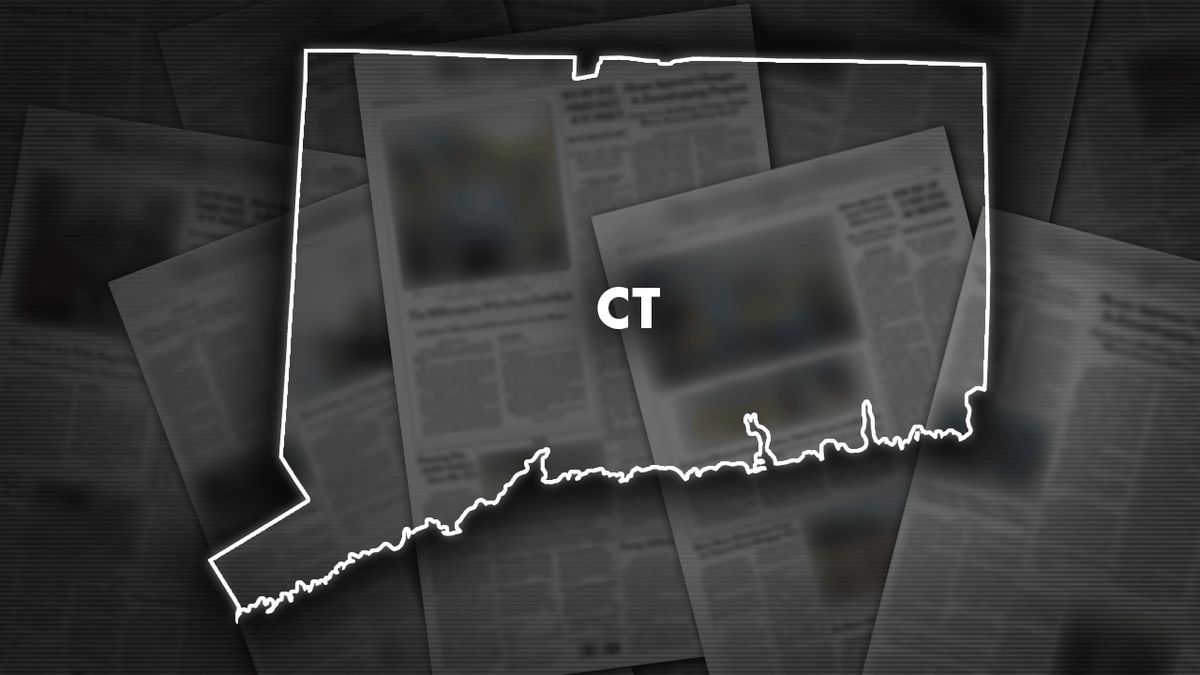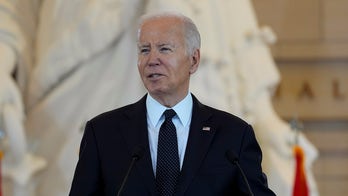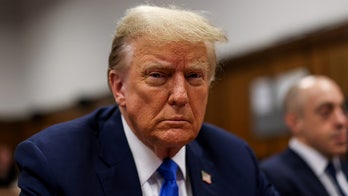Fox News Flash top headlines for October 21
Fox News Flash top headlines are here. Check out what's clicking on Foxnews.com.
While Connecticut is considered a blue state, certain parts have become more conservative since former President Donald Trump came on the scene, giving the GOP some hope for success this year.
Republicans, who have had great success in local races, hope to make inroads in state and national races this year by focusing on affordability issues in Connecticut, which has some of the highest energy prices in the nation and a relatively high tax burden compared to other states.
Despite the state’s shifting politics, recent polling shows a majority of the state’s voters still have an unfavorable opinion of Trump. Democrats like two-term U.S. Sen. Richard Blumenthal have been capitalizing on voter opposition to Trump in races, often referring to their opponents as radical or out-of-touch with Connecticut.
CONNECTICUT SENATE DEBATE: REPUBLICAN LEVY HAMMERS BLUMENTHAL ON INFLATION: 'YOU WERE WARNED'
Blumenthal is being challenged by Republican National Committee member Leora Levy, a GOP fundraiser who received Trump’s backing days before she won the party primary. Levy also opposes abortion — with exceptions for rape, incest, and the life of the mother — another stance that puts her at odds with most Connecticut voters.
Gov. Ned Lamont, a wealthy former cable TV entrepreneur, is seeking a second term in a rematch against Republican businessman Bob Stefanowski.
Most of the state’s five Democratic-held U.S. House seats are considered relatively safe.
Democrats currently control both the state House and Senate. Given the large number of retirements from the General Assembly this year, Republicans are seeking to pare back those majorities.
Voters are also deciding whether to change the state’s constitution to give state legislators the go-ahead to consider creating an early in-person voting system in Connecticut that could potentially be in place as early as 2024. Connecticut is one of six states with no form of early voting.

Connecticut Republicans hope their biggest election night gains come from the General Assembly.
Here’s a look at what to expect on election night:
Election Night
Polls close at 8 p.m. ET.
How Connecticut Votes
The majority of Connecticut votes on Election Day. The state does not allow early voting. In 2020, the state was still counting votes two days after the polls closed. Key areas are Bridgeport, New Haven, Stamford and Hartford, the larger cities where most of the population is. Democratic candidates for statewide and federal offices have typically dominated throughout the state.
Decision Notes
AP will tabulate and declare winners in 158 contested elections in Connecticut, including the race for governor, U.S. Senate and five U.S. House seats. In the 2020 general election, the AP first reported results minutes after polls closed and 90% of results at 6:27 p.m. ET the following day.
The AP does not make projections and will only declare a winner when it’s determined there is no scenario that would allow the trailing candidates to close the gap.
Should a candidate declare victory or offer a concession before the AP calls a race, we will cover newsworthy developments in our reporting. In doing so, we will make clear that AP has not yet declared a winner and explain why.
The AP may call a statewide or U.S. House race in which the margin between the top two candidates is 0.5% or less, if we determine the lead is too large for a recount to change the outcome. Connecticut has a mandatory recount law for races in which the lead is tighter than half of 1% of the total vote but not more than 1,000 votes.
The AP will not call down-ballot races on election night if the margin between the top two candidates is less than 2% or if the leading candidate is within 2% of the 50% runoff threshold. The AP will revisit those races later in the week to confirm there aren’t enough outstanding votes left to count that could change the outcome.
What Else Should I Know?
Q: What Did We Learn From the Primary?
A: While state Republicans endorsed a pro-abortion, gun-control moderate for U.S. Senate, primary voters chose the more conservative candidate. Levy won the nomination in a three-way race.
Q: What’s Changed Since the Pandemic Election of 2020?
A: Earlier this year, Lamont signed into law a bill that includes the broad term of "sickness" as a valid excuse for requesting an absentee ballot, aligning state law with existing language in Connecticut’s constitution. The "sickness" excuse would apply to the individual voter’s health or someone else’s health, such as an ill relative.
Q: What Do Turnout and Advance Vote Look Like?
A: As of Oct. 25, unaffiliated voters made up the state’s largest voting bloc, with 921,367 voters. They’re followed by Democrats, with 811,358, and Republicans with 461,782, for a total of 2.2 million registered voters.
Most people vote in person in Connecticut. In 2020, during the height of the pandemic, 36% of people voted through an absentee ballot.
CLICK HERE TO GET THE FOX NEWS APP
Q: What Happens After Tuesday?
A: Connecticut law provides for mandatory recounts for races in which the lead is tighter than half of 1% of the total vote but not more than 1,000 votes.





